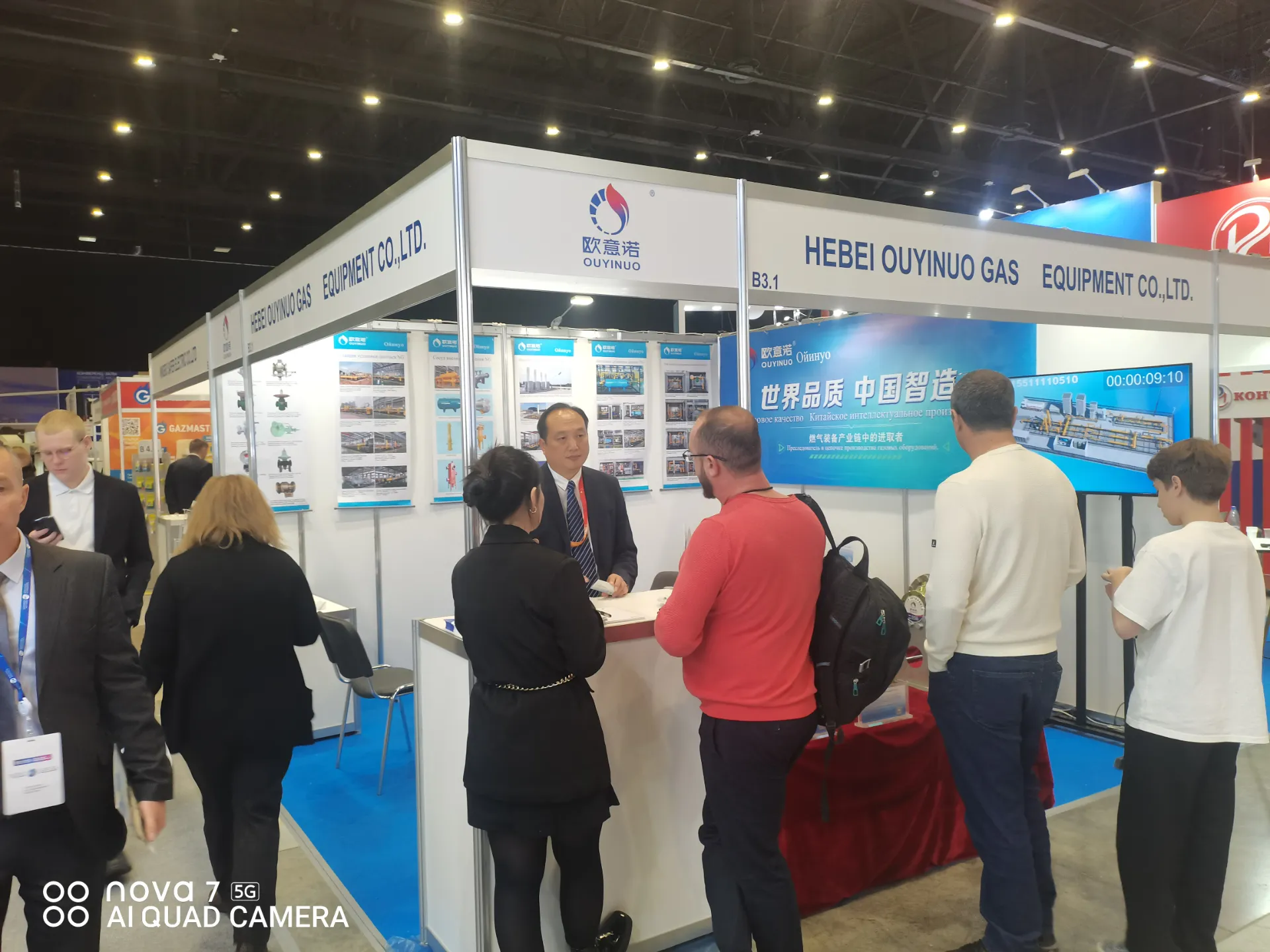
Nov . 14, 2024 06:29
Back to list
heat exchanger
Understanding Heat Exchangers Principles and Applications
Heat exchangers are essential components in various industrial and commercial systems, designed to transfer heat between two or more fluids without mixing them. The significance of heat exchangers lies in their ability to increase energy efficiency, reduce operational costs, and minimize environmental impacts. This article delves into the principles, types, and applications of heat exchangers.
Principle of Heat Exchange
At its core, a heat exchanger operates under the second law of thermodynamics, which states that heat flows naturally from a hot body to a cold body. Heat exchangers facilitate this transfer by providing a surface through which heat can conduct from the hot fluid to the cold fluid. The effectiveness of a heat exchanger is influenced by factors such as the temperature difference between fluids, flow arrangement, surface area, and the thermal properties of the fluids involved.
Types of Heat Exchangers
There are several types of heat exchangers, each tailored for specific applications
1. Shell and Tube Heat Exchangers These consist of a series of tubes, with one fluid flowing through the tubes and another fluid circulating around them within a larger shell. They are commonly used in oil refineries and chemical processing due to their high efficiency and adaptability.
2. Plate Heat Exchangers Comprised of multiple thin plates stacked together, these exchangers allow fluids to flow between the plates, significantly increasing the surface area for heat transfer. They are particularly popular in food processing and HVAC applications due to their compact size and ease of maintenance.
3. Air-Cooled Heat Exchangers Utilizing ambient air to cool or condense a fluid, these exchangers are often employed in power plants and refrigeration systems. They are advantageous in areas with limited water availability.
4. Double-Pipe Heat Exchangers The simplest design, featuring one pipe inside another, allows one fluid to flow through the inner pipe while the other flows in the annular space. Double-pipe exchangers are generally used for lower-capacity applications.
heat exchanger

5. Spiral Heat Exchangers With a unique design that features spirally coiled pipes, these exchangers provide efficient heat transfer and are particularly effective in applications with fouling liquids, such as wastewater treatment.
Applications
Heat exchangers play a pivotal role in numerous industries. In the energy sector, they are integral to power generation systems, where they recover waste heat and enhance overall efficiency. In the chemical industry, they facilitate temperature control in reactors and ensure optimal reaction conditions.
In the HVAC sector, heat exchangers maintain comfortable indoor environments by transferring heat between indoor and outdoor air. In the food and beverage industry, they are critical for pasteurization processes, ensuring product safety while preserving quality.
Moreover, heat exchangers are becoming increasingly important in renewable energy applications. For example, they are vital in geothermal and solar thermal systems, where they transfer heat from the ground or sunlight to a working fluid for energy generation.
Challenges and Innovations
Despite their advantages, heat exchangers face challenges such as fouling, corrosion, and efficiency losses over time. Fouling, the accumulation of unwanted materials on heat exchange surfaces, can significantly diminish performance. To combat this, innovations in materials science and surface coatings are being developed to enhance durability and maintain efficiency.
Additionally, technological advancements such as compact heat exchanger designs and improved thermal fluids are being explored to maximize performance in space-constrained applications.
Conclusion
Heat exchangers are vital in promoting thermal efficiency across various sectors, contributing to lower energy costs and environmental sustainability. As industries continue to evolve and seek more efficient processes, the demand for innovative and high-performance heat exchangers will undoubtedly grow. Understanding the principles of heat exchangers and their diverse applications enables businesses to leverage these systems effectively, paving the way for a more energy-efficient future.
Next:
Latest news
-
Safety Valve Spring-Loaded Design Overpressure ProtectionNewsJul.25,2025
-
Precision Voltage Regulator AC5 Accuracy Grade PerformanceNewsJul.25,2025
-
Natural Gas Pressure Regulating Skid Industrial Pipeline ApplicationsNewsJul.25,2025
-
Natural Gas Filter Stainless Steel Mesh Element DesignNewsJul.25,2025
-
Gas Pressure Regulator Valve Direct-Acting Spring-Loaded DesignNewsJul.25,2025
-
Decompression Equipment Multi-Stage Heat Exchange System DesignNewsJul.25,2025

